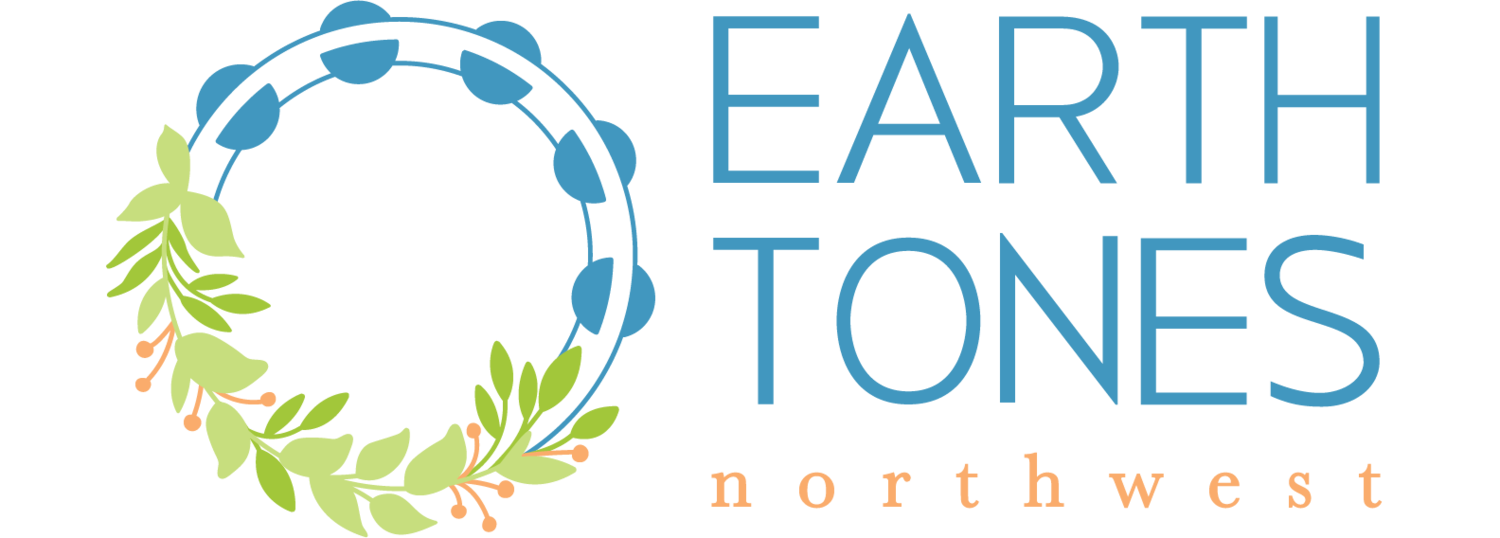Indian Music, Spirituality and Peace
Music can help us to induce relaxation, raise awareness of our inner self, connect to spirituality, and bring a sense of peace and joy. Many forms of Indian music help to facilitate these calm, meditative states through the use of rhythmic drumming, drones, or chanting. This post will explore Indian music’s long history of sacred, meditative uses and share some ideas of how to apply its use in your everyday life. *Note: This post is a brief overview of one aspect of Indian music written by someone not native to the culture and is not a comprehensive examination. While we all can enjoy and appreciate this sacred music, we must acknowledge it doesn’t have the same meaning for those of us not part of Indian culture.
The Rich Musical History of India
Indian music has many facets, iterations, and idiosyncrasies, but the two main classical distinctions are: Carnatic (South Indian), and Hindustani (North Indian) musics. These are the musics commonly thought of in regard to Indian music. In a nutshell, the compositional structures, emphases, and instruments are different for Hindustani and Carnatic. For example, one could say Hindustani Ragas are based more in emotion and pitch, and Carnatic Kritis are based more on religion, rhythm and mathematics. Hindustani music is generally more formally presented, long and contemplative. Carnatic music typically tends to be more oriented towards folk and festival music, with the beat often swung and played on the mridangam versus the tabla. For an example of some amazing Carnatic music, listen here and notice how you feel.
The music of India spans back more than 4,000 years, originating in Vedas, ancient Indian scripture passed on through the millennia and carefully curated by oral tradition. The most important element ingrained in Indian music is the deep connection to spirituality. Indian music has been and still is used for spiritual connection, peace and harmony, and healing!
Before we continue, let’s define a few key terms. A thaat is a carefully selected series of pitches that evoke a certain mood, similar to a scale. For Western readers, hum a line from “Twinkle, Twinkle,” and “Greensleeves.” Each of these songs has a different mood, influenced by its scale (or thaat, in Indian music). A melody is a series of pitches derived from the scale. In Indian music, these are called ragas.
Ragas for Relaxation
The structure of the Raga begins with a drone (a repetitive sound, similar to a hum or a bee buzzing), and meditating/improvising on the “thaat” or “scale.” Here’s a video example of an Indian Raga played on sitar. Traditionally, the musician sings or plays a melody until it is well established. Once the main melody or “raga” is concretized within the scale or “thaat,” then the musician dives deep and improvises, adding ornaments, and decorations to the melody.
Raga Therapy is an Indian therapy that uses ragas (i.e. melodies) to heal ailments. Each raga exists within a thaat (i.e. scale) that evokes a particular mood. In raga therapy, there are precise raga treatments that use specific melodies and iterations to treat anything from fevers, to headaches, to depression.
No matter if you’re new to Indian music or a lifelong listener, there’s something uniquely special about Indian music; the ethereal resonant sounds of the instruments and contemplative percussion have a way of invoking moods and feelings to help listeners relax, meditate, or connect to the inner self.
Using Ragas and Indian Music Components for Wellbeing:
Within a raga exists many opportunities to practice deep breathing, meditation, and total immersion into the resonance and contemplative moods. As stated above, each raga is based off of a “thaat” or “scale” and each scale is chosen specifically to invoke a certain feeling, mood, and/or atmosphere. For example, Khamaj Thaat is a scale used in ragas performed at dusk or dawn. It is said to evoke feelings of groundedness and light. Here is an example of a raga played in Khamaj Thaat.
Note: As stated in the beginning, it is important to be mindful of the origin of the music and remember that there are deeply rooted cultural and historical meanings attached to it. It is important to engage with this music with respect and consideration to the longstanding and intricate history of Indian music.
For exercises in wellbeing, listen to the above examples and try one of these ideas:
Write down any thoughts or feelings that come up while listening to the raga
Sit down in a comfortable dark space, and focus on the sounds you hear. What resonance sounds most interesting to you? What images come to mind? Allow your mind to color and enrich the music you hear.
Grab some paint and a canvas. Allow whatever surfacing images to be painted onto the canvas.
Close your eyes and take a moment to listen to the raga. How does the music tell you to move? Allow yourself to move freely to the music.
Take a moment and reflect on how they relate to this music and its origins, whether it is a part of your personal culture or not.

